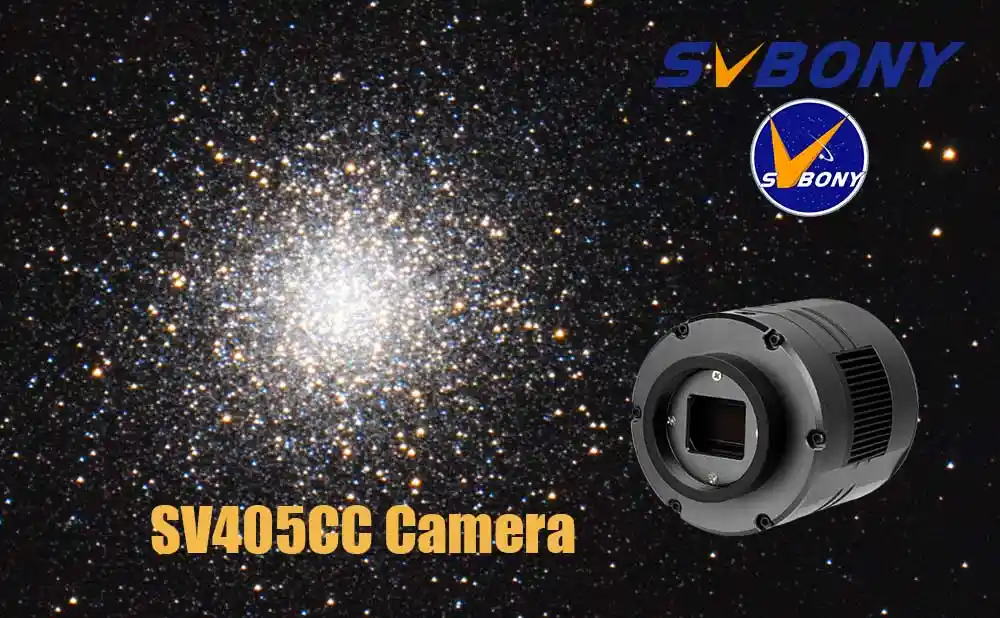A review of SV305
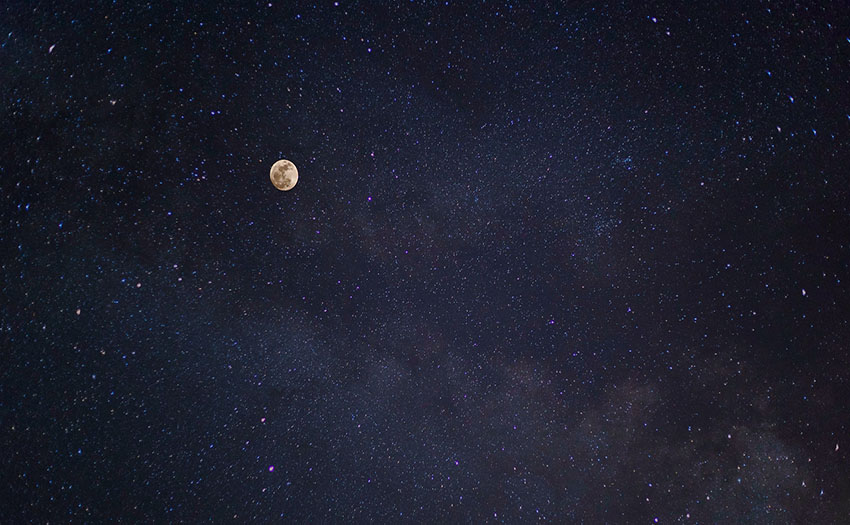
A review of SV305
Preface
I bought the SV305 camera to try astrophotography and make it easy to share live views of the sky with friends and kids at night. I do not have any experience in astrophotography and plan to mount the camera on non-guided telescopes. The SV305 uses the same captor found on much more expensive cameras and it seemed an excellent value for the money which made it a great choice to dive in.
The camera comes well packaged with a cleaning cloth, a c-lens adapter, a 1.25” extension tube on which you can add standard 1.25” filters, and a USB cable. Build quality is great, the Sony 2MP IMX290 sensor is housed in a metal casing that weighs 125 grams. It is not a cooled camera, and it did not get warm in any way when using it.
SVBONY website provides links to download the drivers and the capture software, I used Sharpcap which is suggested on their website and is widely used in astrophotography. Once installed just slide the camera in the 1.25” barrel of the telescope, connect the provided USB cable to a laptop and you are good to go. I launched Sharpcap and the camera was correctly listed as SV305 under the camera menu.
I do not have any tracking system so I knew that I was going to be limited in terms of exposure time (although the camera has a maximum exposure time of 30 minutes), but I thought it would be a nice challenge since I found a lot of information about astrophotography with dobsons on forums and Facebook groups. My primary objective was to take pictures of the night sky without spending hours or breaking the bank on a professional guiding system.
The test
As a beginner I was wondering what size the moon would be by directly using the camera without an eyepiece… I launched Sharpcap and tried to get focus and an exposure time providing a clear view of the moon, it took me about 2 minutes to get a clear image (after a bit of practice it only takes seconds). A focal length of 1200mm provides a view of the moon that is way closer than what I thought, I was able to see about one-sixth of the surface of the moon in the full view of the camera. I was pleasantly surprised as the picture quality and details visible with the live view on the laptop were very good. With very little knowledge (only spent about an hour looking Youtube videos about the different steps to follow in order to stack images) I started to record an avi file. Since it is not a motorized telescope the moon moved quite fast in the field of view and the videos were about 10-15 seconds. I then opened the avi file with software named PIPP which generates a new avi file with the frames aligned so the object does not move across the field of view. Then I launched AutoStakkert and let it stack the images using default settings…
The final image is way above anything that I expected, the details of the craters and sharpness of the resulting picture is beautiful. I also used a 3x Barlow from SVBONY to get even more details of the moon and the results are beautiful as well.
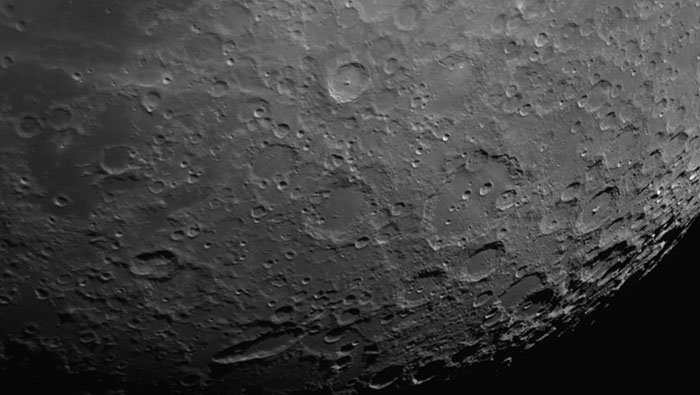
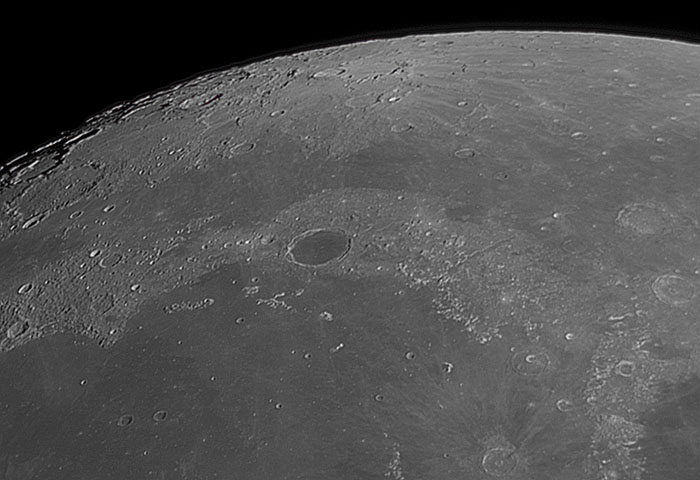
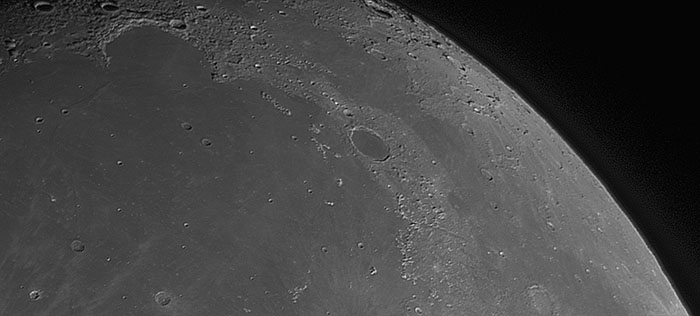
Conclusion
The camera has a 128MB buffer which caches the data on the camera and prevents dropping frames if the USB interface is busy. Other nice features are that this camera can also be used as a guiding camera or with a microscope.
The camera is listed as a planetary camera, but many users seem to have taken good shots of deep-sky objects, so I might give it a try.
Next, I will use the camera with a telescope having a shorter focal length to get full views of the moon and I am looking forward to taking pictures of Jupiter and Saturn once they become visible later this summer. I purchased a 3x and 5x Barlow from SVBONY since these planets will look smaller than the moon. On the moon, the 3x Barlow did a nice job so it should be great for these planets as well.
I think the SV305 is a great camera with plenty of features making it easy to take great quality pictures. This camera exceeded by far my expectations and starting astrophotography with this camera has been pleasant and easier than I thought.



